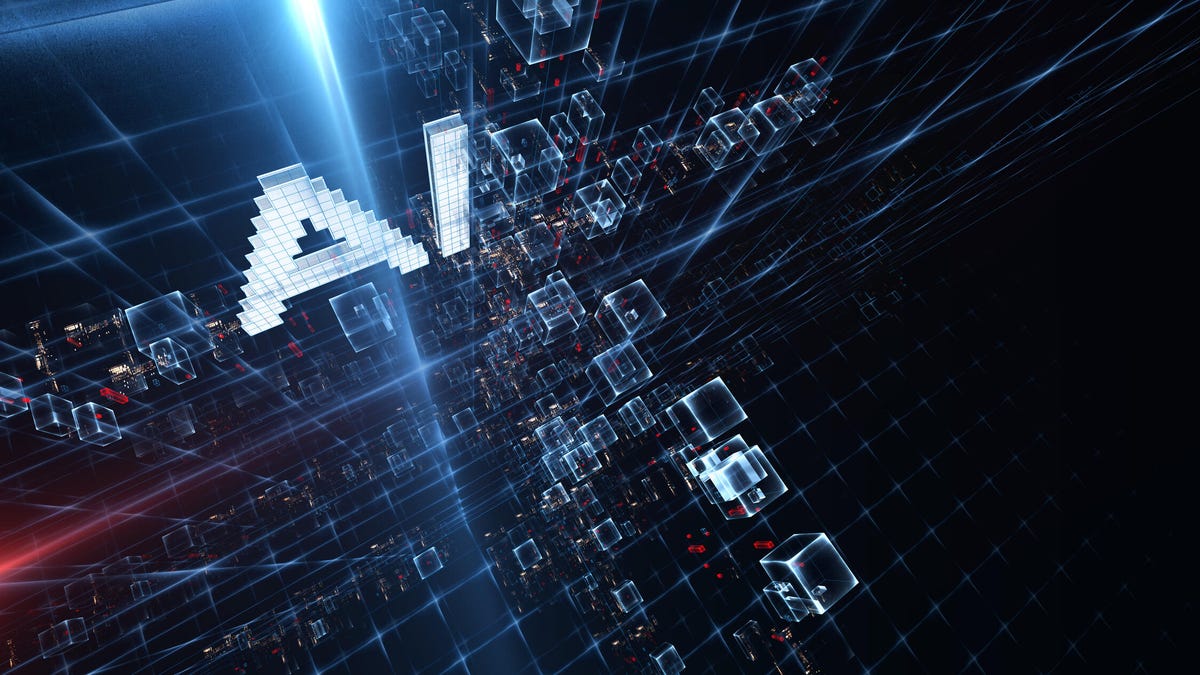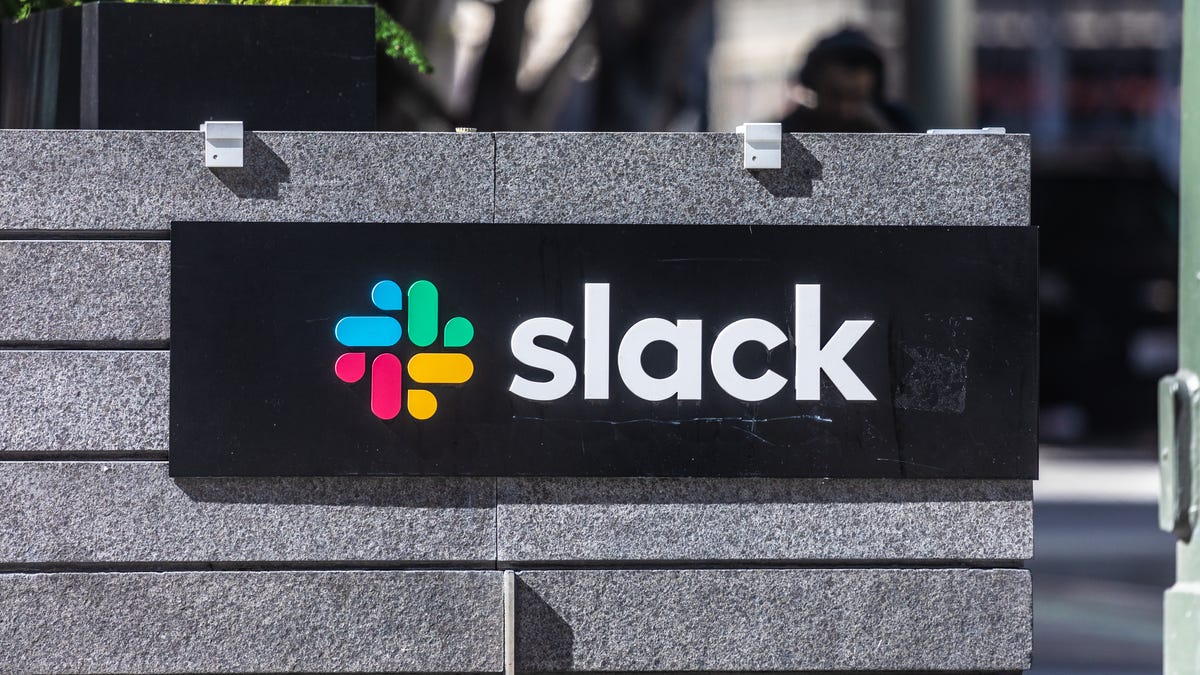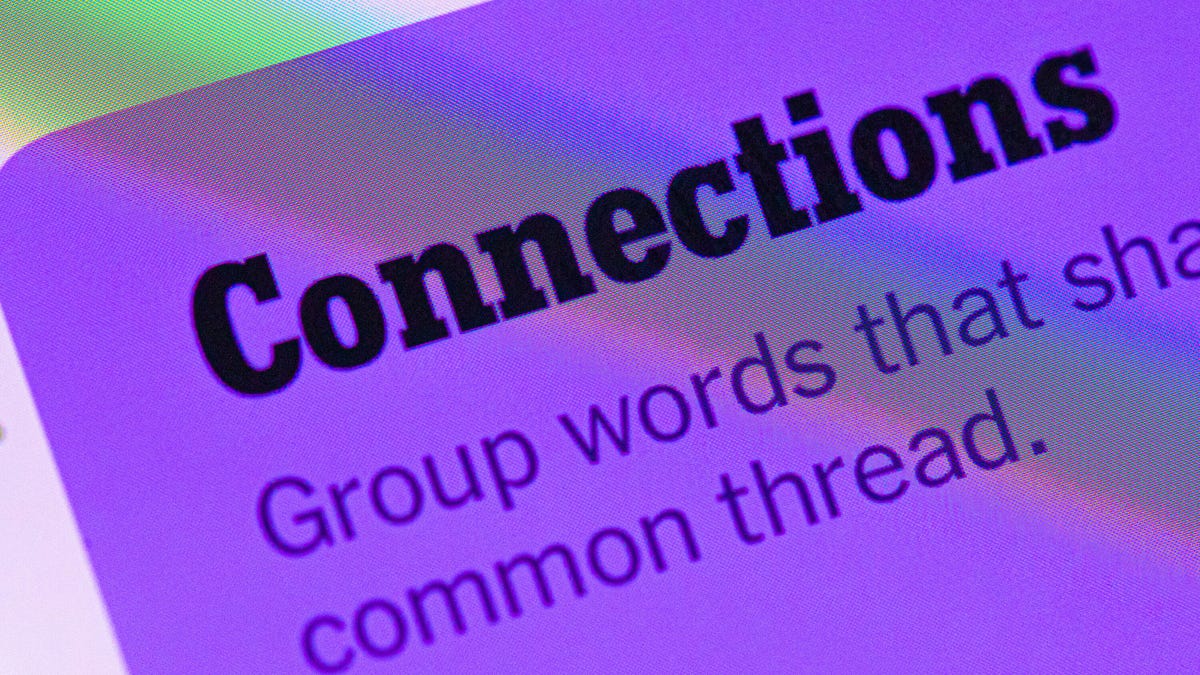Technologies
AI Is Eating the Internet, but Many Are Hopeful Human-Made Content Will Win Out
Publishers, including CNET’s owner, are taking a wide range of approaches to try to make it through AI’s changes.

With AI encroaching on all corners of the internet, from bogus articles to Instagram Reels, there’s concern that human-made content is under threat, and as a result, so are the film, music and publishing industries.
There are AI actresses, AI-generated music filling up Spotify and AI answers at the top of Google Search, above the 10 blue links.
But consumers of news and media remain uncomfortable with the idea of fully AI-generated content. A recent Reuters Institute survey of people in six countries, including the US, found that only 12% of people are comfortable with fully AI-generated news, compared to 62% who prefer their news entirely human-produced.
That desire for human-made content has some publishing executives optimistic, including Vivek Shah, CEO of CNET owner Ziff Davis. He said as much in a recent episode of the podcast Channels with Peter Kafka.
«The narrative around is that the declines in search traffic somehow are existential and I just don’t see it that way,» said Shah.
«I still think we prefer words and sounds and videos from humans,» he added. «Do I think that the robots will eat into some of that? I do.»
Internet search and content analysts see the same preferences among consumers.
«I also agree that as Google continues to roll out new AI search features like AI Overviews and AI Mode, users will continue to seek authentic content from real humans,» said Lily Ray, vice president of SEO strategy and research at Amsive, a marketing agency, «and when the AI answer isn’t sufficient to meet those needs, they will continue to search for content that provides that sense of real human connection.»
As AI is rapidly shifting how people find information online, publishers are moving quickly to strike deals. News Corp, Axel Springer and Future PLC have signed content licensing deals with OpenAI, for example. Other companies are taking on AI companies directly.
AI models are trained on the entire corpus of information found online, which includes published journalistic content. Recently, Penske Media, which owns Variety and Rolling Stone, sued Google over its use of AI Overviews, which gives AI-generated answers at the top of search. Penske alleges that Google is abusing its monopoly power in online search and that AI Overviews steals Penske content, circumventing the need for readers to click on articles directly.
Ziff Davis, along with the New York Times, has sued ChatGPT creator OpenAI for scraping journalistic content to train AI models rather than signing a licensing deal. Shah told Kafka that OpenAI rebuffed Ziff Davis’ attempts to negotiate a licensing deal.
OpenAI didn’t immediately respond to a request for comment. Ziff Davis said Shah was unavailable for comment.
The strong response from publishers comes as Wall Street rewards Google, chipmaker Nvidia and OpenAI partner Microsoft with record valuations even as the publishing industry is contracting. There have been major drops in traffic across the internet in 2025. This year, too, the publishing industry has seen layoffs at CNN, Vox Media, HuffPost, the LA Times and NBC.
Don’t miss any of our unbiased tech content and lab-based reviews. Add CNET as a preferred Google source.
Another way publishers are fighting back is by trying to block AI crawlers from scraping their content for free. Along with blocks in robots.txt, a file on a website that lays out certain permissions from online crawlers, Ziff Davis has signed on to the RSL standard, which is a more robust layer of tech that can block AI bots for sucking up content. The hope is that if enough publishers sign on, it can be enough of a united front to better bargain with Big Tech.
Despite the growing popularity of AI, Shah feels that ultimately people prefer «words and sounds and videos from humans.» He also notes that brands are increasingly trying to get their products to fill up AI search results, which isn’t good for objective purchasing decisions.
«If you start to look into citations in LLM chatbots, you’re going to see that sources have gone from journalism sources to marketing sources,» said Shah. «And so, someone’s got to measure this because I am amazed at how many citations are not publisher.com but a brand.com.»
Technologies
New California Law Wants Companion Chatbots to Tell Kids to Take Breaks
Gov. Gavin Newsom signed the new requirements on AI companions into law on Monday.

AI companion chatbots will have to remind users in California that they’re not human under a new law signed Monday by Gov. Gavin Newsom.
The law, SB 243, also requires companion chatbot companies to maintain protocols for identifying and addressing cases in which users express suicidal ideation or self-harm. For users under 18, chatbots will have to provide a notification at least every three hours that reminds users to take a break and that the bot is not human.
It’s one of several bills Newsom has signed in recent weeks dealing with social media, artificial intelligence and other consumer technology issues. Another bill signed Monday, AB 56, requires warning labels on social media platforms, similar to those required for tobacco products. Last week, Newsom signed measures requiring internet browsers to make it easy for people to tell websites they don’t want them to sell their data and banning loud advertisements on streaming platforms.
AI companion chatbots have drawn particular scrutiny from lawmakers and regulators in recent months. The Federal Trade Commission launched an investigation into several companies in response to complaints by consumer groups and parents that the bots were harming children’s mental health. OpenAI introduced new parental controls and other guardrails in its popular ChatGPT platform after the company was sued by parents who allege ChatGPT contributed to their teen son’s suicide.
«We’ve seen some truly horrific and tragic examples of young people harmed by unregulated tech, and we won’t stand by while companies continue without necessary limits and accountability,» Newsom said in a statement.
Don’t miss any of our unbiased tech content and lab-based reviews. Add CNET as a preferred Google source.
One AI companion developer, Replika, told CNET that it already has protocols to detect self-harm as required by the new law, and that it is working with regulators and others to comply with requirements and protect consumers.
«As one of the pioneers in AI companionship, we recognize our profound responsibility to lead on safety,» Replika’s Minju Song said in an emailed statement. Song said Replika uses content-filtering systems, community guidelines and safety systems that refer users to crisis resources when needed.
Read more: Using AI as a Therapist? Why Professionals Say You Should Think Again
A Character.ai spokesperson said the company «welcomes working with regulators and lawmakers as they develop regulations and legislation for this emerging space, and will comply with laws, including SB 243.» OpenAI spokesperson Jamie Radice called the bill a «meaningful move forward» for AI safety. «By setting clear guardrails, California is helping shape a more responsible approach to AI development and deployment across the country,» Radice said in an email.
One bill Newsom has yet to sign, AB 1064, would go further by prohibiting developers from making companion chatbots available to children unless the AI companion is «not foreseeably capable of» encouraging harmful activities or engaging in sexually explicit interactions, among other things.
Technologies
Slack Is Transforming Slackbot Into an AI Assistant
Enhancements will make the simple bot act more like an AI chatbot.

Slackbot, the assistant within the team communication platform Slack, is getting AI enhancements and integrations with other AI chatbots to become more agentic, Slack said in a presentation at Dreamforce, a tech conference in San Francisco, on Monday.
Slackbot works as a simple assistant, sending people reminders, notifications or updates about their colleagues. It isn’t conversational in the same way ChatGPT is. With these AI enhancements, Slackbot will soon function more like an AI chatbot, able to do things on a person’s behalf.
Don’t miss any of our unbiased tech content and lab-based reviews. Add CNET as a preferred Google source.
Enterprise users will soon be able to converse with Slackbot, asking it to help with projects or analyze documents. Slack will also integrate with Google Drive, One Drive, and Salesforce. OpenAI, Anthropic, Perplexity, and others are bringing their agents into Slack as well. For example, you can ask @Claude to do a web search or scan your workspace to find new insights.
At the moment, the AI version of Slackbot is in beta and limited to 70,000 users. However, it will be released to all users in January 2026. Slack will then roll out the feature broader later this year. Companies can also turn off Slackbot.
A representative for Slack referred reporters to its blog post.
The AI-ification of apps has been a common trend since the release of ChatGPT. Apps like Duolingo, Canva, Phot,oshop, and others have all added AI features to make things easier for users and to attract investor dollars. Slack’s biggest competitor in the space, Microsoft Teams, has been integrating more AI features recently.
Technologies
Today’s NYT Connections Hints, Answers and Help for Oct. 14, #856
Here are some hints and the answers for the NYT Connections puzzle for Oct. 14, No. 856.

Looking for the most recent Connections answers? Click here for today’s Connections hints, as well as our daily answers and hints for The New York Times Mini Crossword, Wordle, Connections: Sports Edition and Strands puzzles.
NYT Connections fans, we’re used to this. The purple category today requires you to remove the starting letter of four words, and spot their connection once you’ve done that. If you need help, you’re in the right place. Read on for clues and today’s Connections answers.
The Times now has a Connections Bot, like the one for Wordle. Go there after you play to receive a numeric score and to have the program analyze your answers. Players who are registered with the Times Games section can now nerd out by following their progress, including the number of puzzles completed, win rate, number of times they nabbed a perfect score and their win streak.
Read more: Hints, Tips and Strategies to Help You Win at NYT Connections Every Time
Hints for today’s Connections groups
Here are four hints for the groupings in today’s Connections puzzle, ranked from the easiest yellow group to the tough (and sometimes bizarre) purple group.
Yellow group hint: Dazzle, entrance.
Green group hint: Short version.
Blue group hint: Stop!
Purple group hint: Not humans, and remove one letter.
Answers for today’s Connections groups
Yellow group: Captivate.
Green group: Summary.
Blue group: Halt.
Purple group: Animals minus starting letter.
Read more: Wordle Cheat Sheet: Here Are the Most Popular Letters Used in English Words
What are today’s Connections answers?
The yellow words in today’s Connections
The theme is captivate. The four answers are absorb, engage, hold and occupy.
The green words in today’s Connections
The theme is summary. The four answers are brief, digest, outline and review.
The blue words in today’s Connections
The theme is halt. The four answers are check, curb, staunch and stem.
The purple words in today’s Connections
The theme is animals minus starting letter. The four answers are anther, easel, hark and lama. (Panther, weasel, shark and llama. Yes, «anther» is a real word.)
-

 Technologies3 года ago
Technologies3 года agoTech Companies Need to Be Held Accountable for Security, Experts Say
-

 Technologies3 года ago
Technologies3 года agoBest Handheld Game Console in 2023
-

 Technologies3 года ago
Technologies3 года agoTighten Up Your VR Game With the Best Head Straps for Quest 2
-

 Technologies4 года ago
Technologies4 года agoVerum, Wickr and Threema: next generation secured messengers
-

 Technologies4 года ago
Technologies4 года agoGoogle to require vaccinations as Silicon Valley rethinks return-to-office policies
-

 Technologies4 года ago
Technologies4 года agoBlack Friday 2021: The best deals on TVs, headphones, kitchenware, and more
-

 Technologies4 года ago
Technologies4 года agoOlivia Harlan Dekker for Verum Messenger
-

 Technologies4 года ago
Technologies4 года agoiPhone 13 event: How to watch Apple’s big announcement tomorrow
